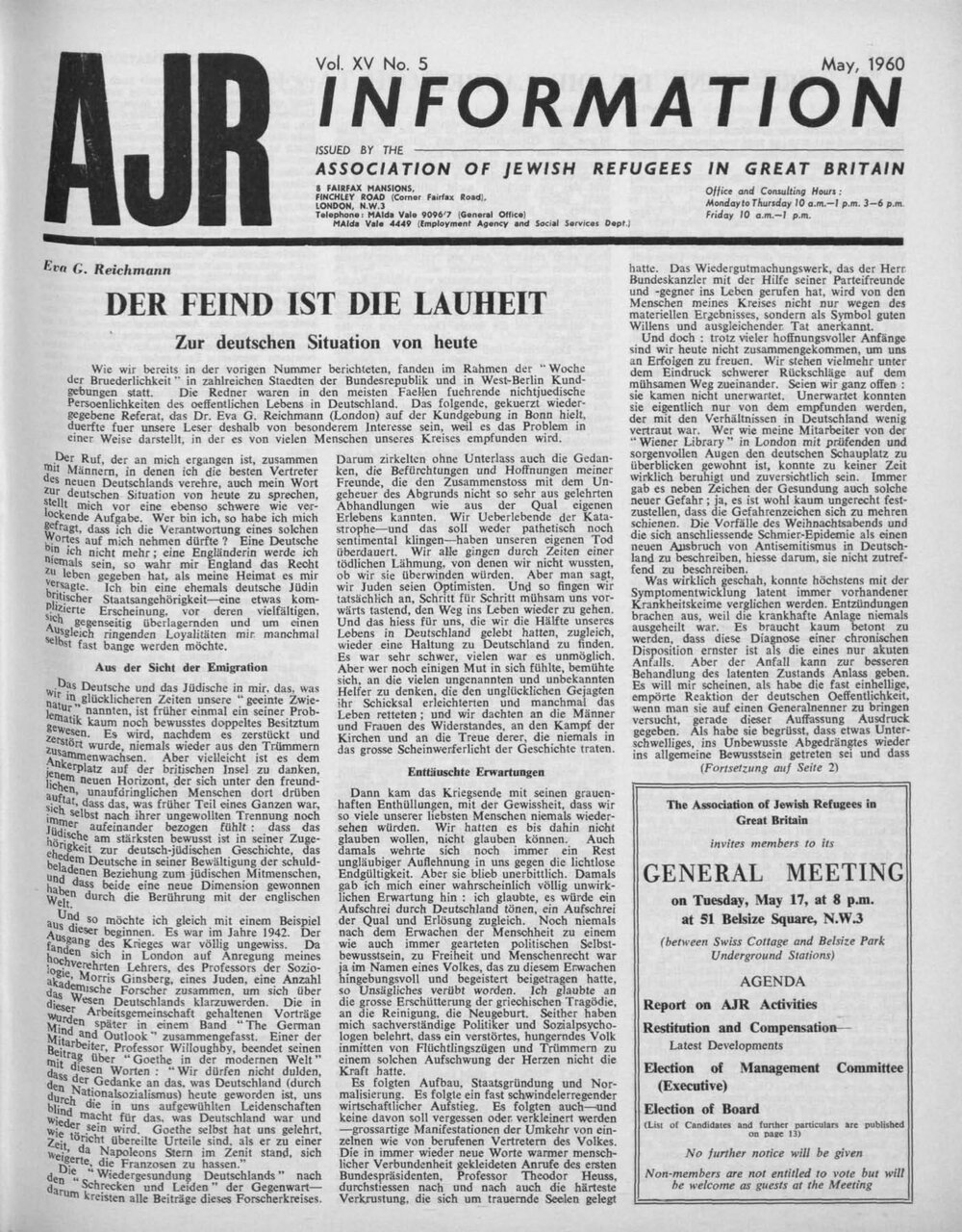
Fig. 1: Cover page of AJR Information’s May 1960 issue.
This work is protected by copyright and may only be reproduced and published with the consent of the rights holder. It may be downloaded for scholarly or private use.
AJR Journal, the journal of the Association of Jewish Refugees (AJR), is the best and richest source of post-1945 information about the community of Jewish refugees from Nazism who fled to Britain after 1933. It commenced publication in January 1946 as AJR Information and has appeared every month since. In 2000, it was renamed AJR Journal. The AJR was founded in London in 1941 to represent the Jewish refugees from the German-speaking lands, over 70,000 of whom had fled to Britain after 1933. Its journal was intended to function as a means of contact with its membership, to provide essential information to the community it represented and to act as a forum for debate on issues of interest and concern to its readers. It aimed to preserve the cultural heritage of German-speaking Jewry in the refugees’ new homeland; but it also sought to ease the process of the integration of refugees into British society, though without abandoning the German-Jewish identity that the refugees had brought with them.
The issue of May 1960 can serve as an example of the journal’s methods and achievements. It begins with an impassioned leading article by the German-born historian and sociologist Eva G. Reichmann (1897–1998), formerly one of the leading ideologists of the Centralverein deutscher Staatsbürger jüdischen Glaubens (CV) and subsequently director of research at the Wiener Library in London. It launches into an analysis of recent German history, from the First World War to Nazism and its continuing malign legacy of antisemitism in the Federal Republic.
Reichmann’s article is followed by a page each on events in Britain, Germany and Austria and in the wider world (pages 3-5). The wide range of articles on matters of historical and cultural interest to the German-speaking Jewish refugees is evident from pages 6, 8, 10 and 15. Page 7 is devoted to the important question of restitution, while page 9 contains ‘Anglo-Judaica’, the regular column on news about British Jewry. Pages 11 and 12 demonstrate the journal’s determination to celebrate the notable achievements of German-speaking Jews, especially in the cultural field; the column ‘Old Acquaintances’ on page 11 draws on the prodigiously detailed knowledge of the writer and journalist Paul Marcus (1901–1972, PEM), who had fled Nazi Germany in 1933. Pages 13 and 14 provide readers with organisational information about the AJR and its activities, while advertisements predominate on pages 15 and 16.
AJR Information Vol. XV No. 5, May, 1960, edited in: (Hi)stories of the German-Jewish Diaspora, <https://diaspora.jewish-history-online.net/source/gjd:source-6> [December 18, 2025].